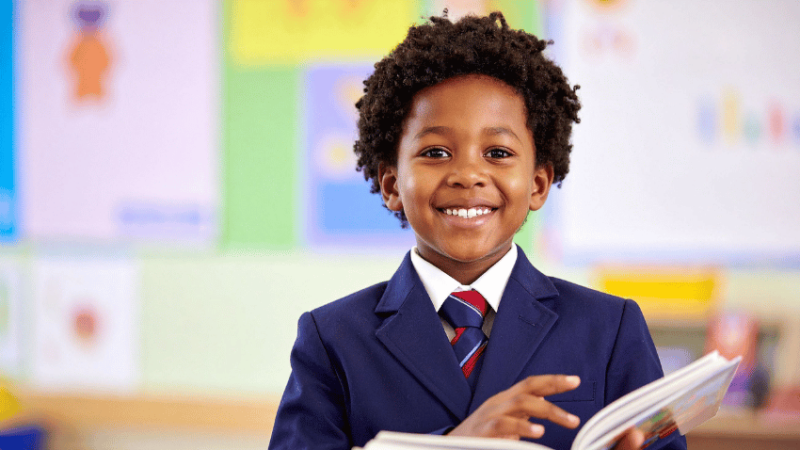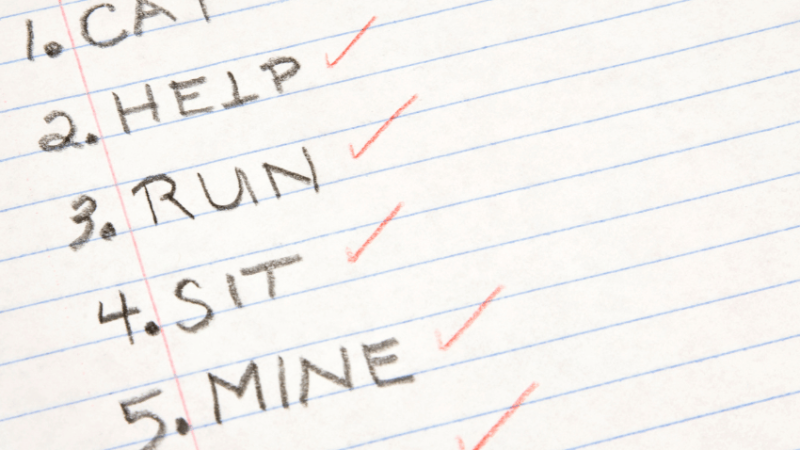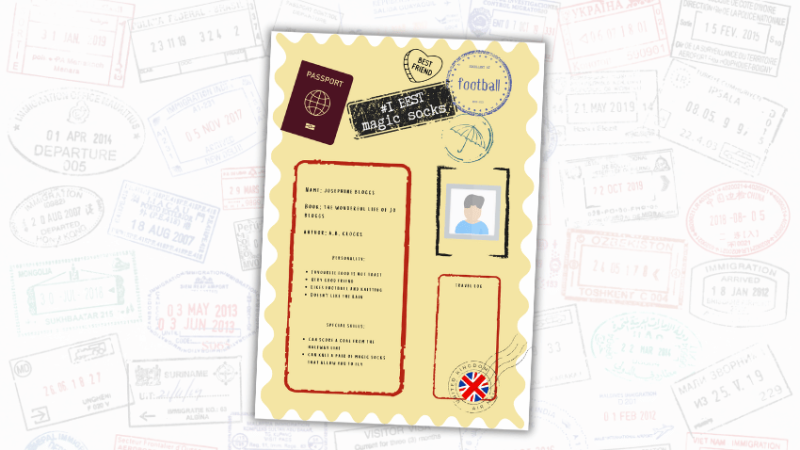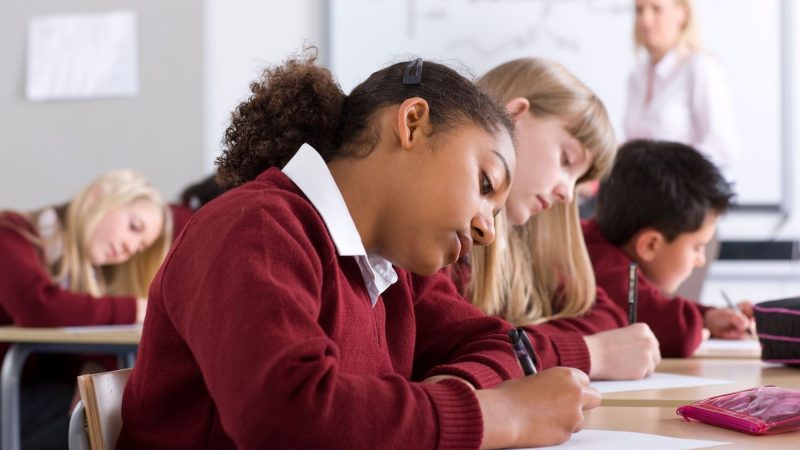KS2 book topic – Delve deep into identity and differences with The World Of Weslandia
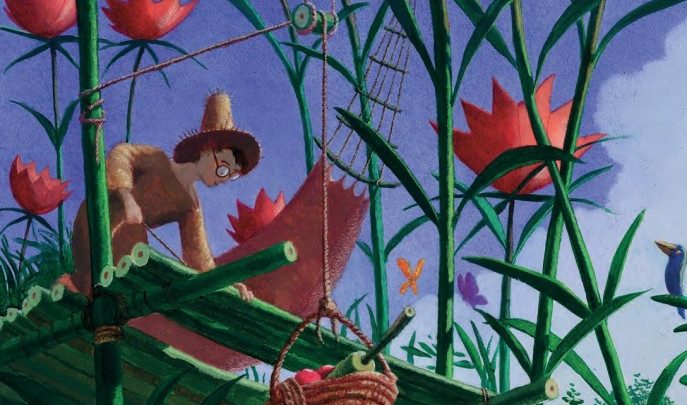
It’s human nature to conform to group mentality, but Weslandia questions whether sacrificing your own interests and opinions is too high a price to pay for fitting in

- by Carey Fluker Hunt
- Creative learning consultant, writer and former teacher Visit website
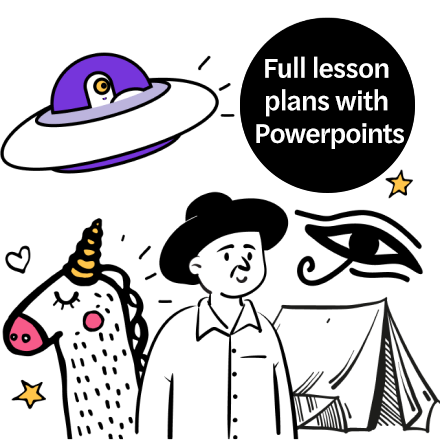
A good picture book can go straight to children’s hearts, encouraging reflection, stimulating discussion and creating fertile ground for the kind of activities that broaden and deepen their experience of the story.
Weslandia (Walker Books, 2007) is such a book.
Words and pictures work together seamlessly to deliver a quirky and appealing tale with a depth and power that’s not easily forgotten.
Kevin Hawkes’ artwork, with its vibrant colours and unusual perspectives, adds its own humour to Paul Fleischman’s honed and dryly understated text.
The result is a beautifully-crafted picture book that can be enjoyed by any child ready to engage with its themes.
Introduced at upper KS2, it provides a creative way in to so many different curriculum areas, but younger children will enjoy working with it too.
The story centres on a boy called Wesley, who is not like the other children in his neighbourhood; he doesn’t like football or pizza or cutting his hair in the latest style.
He’s not even like his parents, who wish he would do more to fit in.
What Wesley likes is books, and he doesn’t want to pretend to be something he’s not – even when he gets bullied for being different.
One summer, Wesley decides to create his own civilisation – one in which he’s no longer an outcast but the driving force behind its customs, values and technology.
With the help of a little bit of magic and a lot of imagination and hard work, the world of Weslandia is born – and nobody (not even Wesley’s tormentors) can resist its appeal.
In September, he has no shortage of friends.
1 Introducing the book
Set the scene and introduce one of the book’s key topics by looking at the double-page spread of Wesley fleeing his tormentors.
If possible, use a visualizer or projector to enlarge the illustration, and cover the text so that children are focusing on the picture. Ask them to talk about it.
What’s going on? What might have happened to provoke this scene? What’s noticeable about the setting? What time of day is it, and which season?
Are there any differences between the characters? How might these characters feel, and how do we know? And what do they notice about that backpack!?
Encourage children to imagine stepping into the picture. What can they see, hear, feel and taste?
Is there anything happening just out of the reader’s sight, behind the ‘frame’ of the book? And if they could say something to the children in the story, what would it be?
Encourage your children to think and talk about this illustration in greater depth by pairing them up and asking them to draw a full-page ‘person outline’ on a large sheet of paper.
Inside this outline they should write Wesley’s thoughts, and outside, the bullies’ thoughts. Regroup as a class for feedback and discussion before sharing the whole story.
2 Who is Wesley? And who am I?
As a class, make a list of all the things the reader knows about Wesley.
How do we know these things? Does somebody tell us (his parents, the narrator?) or do we observe it for ourselves in the pictures?
If somebody tells us, can we trust them to be right? Wesley’s mother, for example, thinks he’s miserable because he ‘sticks out’ – but that’s her opinion, it’s not a fact.
The spread showing Wesley’s bedroom provides clues to his personality. Working in pairs, ask children to list the objects. What do these objects tell us about Wesley? To what extent do our surroundings – including the objects we own – define us?
Ask children to choose a number of images or objects that say something about them, either by photographing or bringing in their possessions, or by picking a selection of images from magazines and catalogues.
Create a montage or museum-style collection, complete with labels and guidebook. Make sure everybody has a free choice, even if you think they may not be choosing imaginatively – or even honestly.
Discuss the activity. Was it easy to make a choice, knowing that everyone would be looking and making comments? Talk about peer pressure and our need to belong and conform.
When is it most difficult to stick out and be different?
3 Commonalities and differences
Bullies often focus on differences, but people all around the world are more alike than they are different.
In pairs, ask children to come up with as many things as possible they have in common – likes, dislikes, hobbies, pets, clothes, places visited, etc. Feed back as a class and discuss.
If you are confident to support your class in talking honestly and safely about how they feel, then try an exclusion role play.
Put children in predetermined groups and ask for a volunteer to play at being excluded.
Give the rest of each group an ‘exclusion factor’: an (unrealistic) reason for excluding somebody, such as “your hair isn’t blue enough” or “you haven’t been to the moon and we have.”
Take care not to replicate tensions in the playground and ensure your chosen factors are things that won’t upset or offend.
In each case, the volunteers should approach their group and ask to join in, only to meet with a rejection. Encourage children to ‘get in role’ but set ground rules in advance, in partnership with your class.
Run the role plays group by group, so that you can manage the exercise closely. Give children a chance to swap roles, if they wish. Encourage honest feedback, but avoid pushing children who are reluctant to speak.
How does it feel to be excluded? And how does it feel to be part of the group? Are any patterns emerging?
Allow plenty of time to debrief – and if possible, work towards some kind of realistic outcome, such as a class agreement on ‘ganging-up’ and groups.
4 Run with the herd or lead them?
Who sets the styles? Who persuades us to do what we do; eat what we eat; wear what we wear? And how do they do it?
Gather a collection of advertising materials – it can be interesting to compare modern adverts with older ones, which can be less subtle and therefore easier to analyse.
Interrogate the adverts to discover what’s being sold and to whom. How do advertisers make their points? What kind of tricks and techniques do they use?
Put children into small groups and ask them to come up with an idea for a new product or fashion.
They should develop their idea by drawing it, discussing it and refining it, and then mount a campaign to promote and advertise it, including posters and a verbal presentation or TV-style commercial.
Which product has been most successfully marketed, and why?
Is it good or bad to follow other people? When should we do as others do, and when should we make up our own minds?
5 Creating new civilisations
As a result of his research, Wesley ends up creating his own civilisation. Ask your class to find out about historical civilisations as well as the many ways in which indigenous peoples live today.
If you like, you can work within an overarching creative topic that will result in your children imagining and defining their own mini-civilisations. If not, then pick and choose from the following suggestions:
Investigating plants Weslandia is founded on a magical staple food crop: a seed that grows into a plant called swist that bears bright red flowers, magenta fruit and delicious tubers on its roots.
• Find out about staple food crops across the world. What are tubers and how do they grow? Cook with potatoes and other staple food crops – and taste the results!
• Research fruit-bearing plants. Do blind taste tests for different fruits and see how many you can recognise. Invent new recipes with fruit.
• Find out about the different parts of a plant and research plant diversity across the world. Using what you’ve learned, design some new plants and label their key features like a botanist. Collect these new plants in a class book: an imaginary field guide to unknown species.
• Make a collection of other stories with magical crops, such as Jack and the Beanstalk and Tao Nyeu’s picture book, Wonderbear.
Making clothes Swist provides Wesley and his friends with the materials they need for handmade clothes.
• Research tribal and indigenous clothing from around the world. What are these clothes made from, and how? What skills are needed?
• Try sewing and/or weaving using unexpected materials.
• Working in small groups, ask children to design and create an outfit using only newspaper (or similar) and sticky tape. The paper can be folded, torn or scrunched but not cut.
Give a time limit before sharing outcomes and award points for style, robustness, functionality and quality of workmanship. Take photos and write reports for the school newspaper or intranet.
New inventions Swist has eight petals. It inspires Wesley to invent and make new things.
• Try counting and calculating in Base 8 instead of Base 10. “Wesley invented… games rich with strategy and complex scoring systems.”
Invent some games of your own, complete with rules, and refine them through testing. Write ‘player’s guides’ for each new game.
• What have people used to write with over the centuries? Invent some ink recipes and try them out. Report back on the processes involved and what worked best.
• What kind of writing systems have been used historically? Find out about hieroglyphics and cuneiform.
Wesley created an 80- letter alphabet. Can your class create their own alphabets and/or codes?
Make a collection of books featuring invented alphabets, such as The Hobbit by JRR Tolkien, or his Father Christmas Letters, a picture book precursor to the Middle Earth books that may be more easily accessible in the classroom.
• Wesley makes his own house as well as all the objects he needs. Ask children to design their own ideal homes.
Can they use found objects and recycled materials to invent something new? What are the skills that creators and inventors need? (Such as curiosity, imagination, the ability to make mistakes and learn from them, determination – and sheer hard graft!)
Going green Weslandia is an environmentally friendly and sustainable civilisation.
• Find out about materials and biodegradability. What steps are your school and community taking to be sustainable?
Explore new worlds If you’ve enjoyed this book, try…
• The Matchbox Diary – a picture book by Paul Fleischman and Bagram Ibatoulline
• The Dunderheads – a richly illustrated chapter book by Paul Fleischman and David Roberts
• Me, All Alone At The End Of The World – a picture book by MT Anderson and Kevin Hawke





